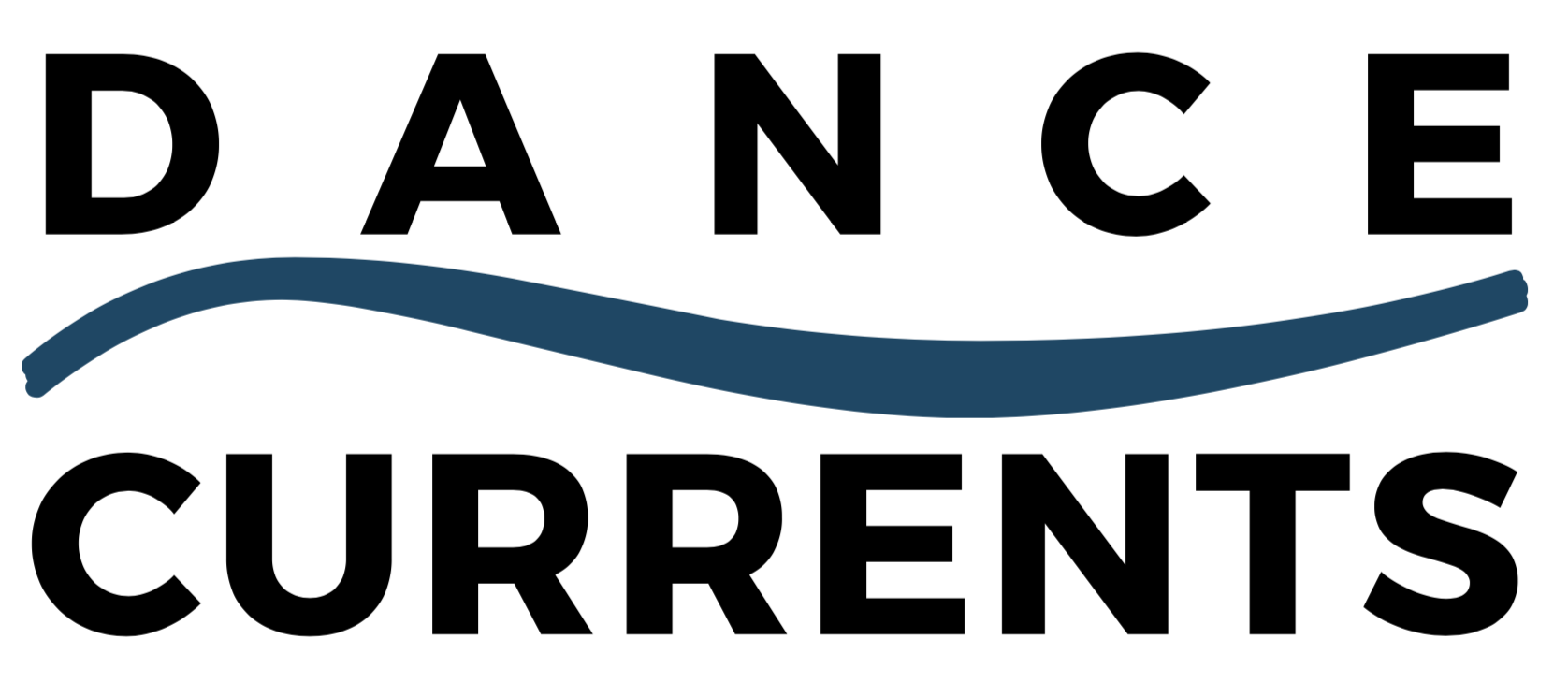Point Park University made front page news at the Pittsburgh Post-Gazette Thursday over a so-called “fat list” of dancers that was posted on the dance students’ call board. Of course, weight is always an issue for dancers and young women between the ages of 16 to 19 are particularly susceptible, with would-be ballerinas taking the brunt of the diet crunch.
It turns out that the fall-out from the “fat list,” which actually appeared in the spring of 2008, is two-fold.
First is the all-consuming idea of weight. I did an interview for the Pittsburgh Post-Gazette in 1998 with three young women, all passionate about ballet, who talked openly and frankly about this very issue. I can still recall one who said that she was always told that she was a beautiful dancer until she reached 16. Then, all of a sudden, there was talk of Weight Watchers. But she didn’t understand why she was gaining weight. “I was eating the same, but I was getting heavier,” she asserted.
Ah, the growing body sometimes wreaks havoc on the ego!
Sometimes it just requires patience. There are photos of a relatively plump Natlaia Makarova at age 13, hardly the svelte figure that we came to know in her ’20’s when she became an international star. Of course, that was then and this is now. Although there is still the danger of anorexia and other eating disorders, dancers are becoming increasingly smart about their bodies. And nutritional support is becoming increasingly sophisticated, particularly in Pittsburgh with the presence of UPMC and the Sports Medicine Clinic on the South Side. In fact, Point Park offers both a detailed nutrition class that is part of the academic curriculum and periodic talks by UPMC professionals to supplement their dance education.
Each of the young women mentioned above arrived at a different conclusion as a result of their weight problems. One became a stewardess — and lost her excess weight. Another became an arts administrator with a passion for physical fitness. The third one realized she wasn’t a Balanchine ballerina, but nonetheless had a successful career with a company in the Mid West. She’s now back in Pittsburgh teaching…and still moves beautifully.
Point Park has a heavyweight responsibility on its hands. One solution might be to help young dancers find that niche that suits their body type, something that I’m sure the university presents to its students, if only in the diverse nature of choreography that is showcased in its performance company. After all, many choreographers look for something different, from the Ruben-esque proportions of a Mark Morris dancer to the distinct variety of body types favored by Bill T. Jones (which once included the 200-pound plus Larry Goldhuber) to, of course, the thin, leggy bunheads of Balanchinean proportions.
Back in 1998 I recommended Dr. Linda Hamilton’s “Advice for Dancers,” which is still available in paperback. Now Hamilton has come out with “The Dancer’s Way,” which details New York City Ballet’s wellness program. The statistics are impressive — workman’s compensation for being completely “out” is down 26 percent. She also lists five keys to peak performance through mind, body and nutrition and has a list of resources for the reader that wants to go into more detail. Some of the examples are composites of both ballet and Broadway dancers. Personal stories from NYCB’s stable of successful dancers reinforce her findings. I think that every dance student and professional should read it.
Secondly, there’s the issue of the “fat list” itself. Of course, it was embarrassing once the subject was revealed. But, as far as I know, there are scads of lists at Point Park. Dance, music and theater and theater students are instructed to check the boards twice a day. Yes, even in this technological day and age of texting and Twittering, this is still the fastest way for PPU to disseminate information.
So there are casting lists or advisors ask a list of assigned students to see them. Administrators might need a list of student bios for a program. All contain lists of people, but the reasons are not revealed — the students are only requested to “see” someone. The only way people found out about the “fat list,” was for someone on that list to spread the word, which ultimately added to hurt feelings.
It comes down to this. Point Park University staff members are responsible for dealing with the body images of young dancers at an exceptionally vulnerable age. But ultimately the students must learn to recognize their own physical signs and see what might be contributing to a problem. I’m sure that “The Dancer’s Way,” the closest thing I’ve seen to a Bible of self-help solutions, can help to fill in the blanks. Dancers have to learn to listen to their bodies, to know about physical problems.
But it will ultimately be worth it…and so are they.


Recent Comments